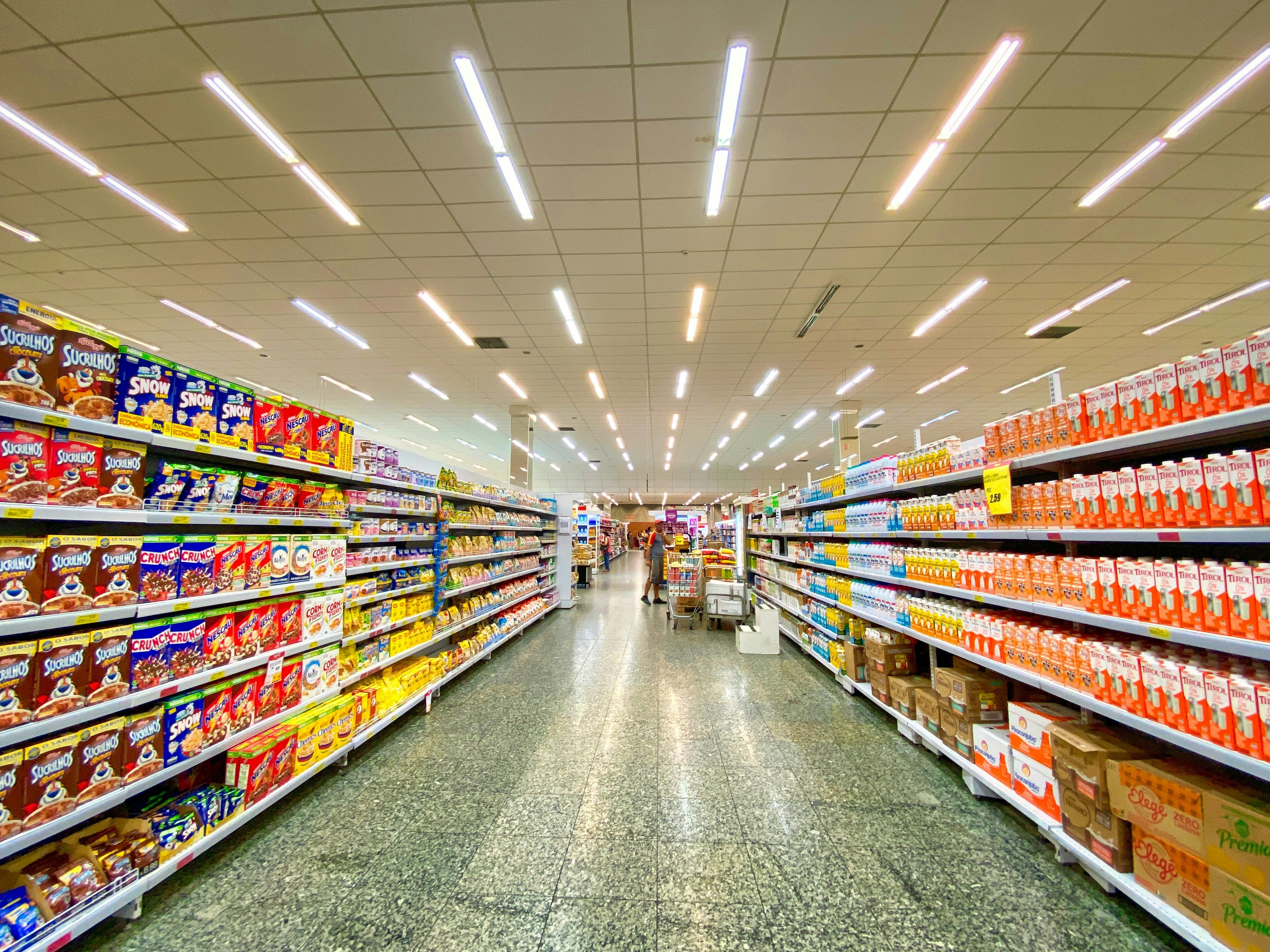9 Energy Management Questions for Convenience Store Managers

Investing in energy-saving strategies for your convenience store is a massive step toward consistently generating profits. Understandably, such a step involves many unknowns and speculations that can make managers shy away from great opportunities.
Let’s clarify any concerns regarding the ins and outs of energy management, why you should consider it a must-have for your store, and how you can get started.
1. How much money can I realistically save by implementing energy-saving measures?
Generally speaking, the average payback period for energy-efficient equipment can range from 1-3 years (hovering closer to around 1.5 years), with the savings continuing for the equipment's lifespan.
You can further maximize these savings by implementing regular proactive maintenance procedures to lengthen your equipment’s lifespan—ultimately saving you repair and replacement costs in the long term.
2. What is the payback period for investing in new energy-efficient equipment?
The truth is specific numbers may vary depending on the size of your convenience store. On average, a convenience store can use a combination of strategies to generate about 19% in energy savings—if you’re lucky.
However, you can generate a guaranteed 10-20% energy savings by focusing on the tools and strategies that best suit your store. There is no one-size-fits-all formula.

Various refrigeration units require specific maintenance procedures to minimize breakdowns and maximize profits.
3. Can I track the impact of energy-saving measures on my store’s electricity bill?
Yes! Most utility companies provide online tools or detailed billing statements, allowing you to track your convenience store’s energy consumption over time. With adequate data, you can measure the effectiveness of implemented changes and identify any area requiring further improvement.
But why stop there? You can give yourself more control over the data you need to see by using smart monitoring systems with a partner app that you can easily access, interact with, and customize according to your preferences—all at the tips of your fingers, anytime and anywhere. More on that later.
4. Do smart monitoring systems for energy management work, and are they worth the investment?
If you’re looking for a system that feeds you real-time data on your convenience store’s energy usage, helps you zero in on high energy-consuming areas in your store, and allows you to conveniently adjust your equipment settings accordingly, the short answer is yes.
A reliable monitoring system can provide all the information you need to make critical decisions quickly, especially when protecting your perishable inventory.

IoT monitoring systems can significantly condense the task of managing your store’s equipment.
5. What are the most energy-efficient refrigerators, freezers, and ice machines available for my store size and needs?
Energy Star is a great resource when looking for certified energy-efficient appliances. Its product finder tool helps you search for models based on specific criteria like size and features. Additionally, you can consult an HVAC or refrigeration specialist who can give valuable recommendations based on your convenience store’s needs.
6. Are there government rebates or incentives available for purchasing energy-efficient equipment?
Many government agencies and utility companies offer rebates or incentives to encourage businesses to adopt energy-efficient technologies. Consider participating in Demand Response (DR) programs, wherein your store can earn discounts on its energy bills, further reducing overall energy consumption costs.
7. What are the long-term benefits of implementing a comprehensive energy management plan for my store?
Beyond cost savings, a comprehensive energy management plan demonstrates environmental responsibility. Your store’s initiative can enhance its brand image and attract eco-conscious customers.
Consumers with rising environmental awareness expect convenience stores to prioritize achieving sustainability and energy efficiency if they plan to stay attractive to their customers and competitive in the industry.
8. What renewable energy options can I explore to reduce my store’s energy usage and environmental footprint further?
Solar panels are always a good first step when investing in renewable energy. They’re beneficial since convenience stores usually operate 24/7, especially when maintaining appropriate lighting for customers’ comfort and staff’s safety.
Convenience store chain Wawa took the initiative to install solar panels across 93 of their sites in New Jersey from 2018 to 2020 in recognition of the state’s clean energy agenda.

Aside from solar power, your store can use other energy resources to reduce its overall energy costs further.
10. Who can I contact for professional advice and assistance in implementing energy management strategies for my store?
Aside from your local energy utilities, you’ll need a dedicated team that offers energy-saving solutions and tools tailored to your convenience store’s needs. Such a team should be able to translate your store’s energy consumption data into actionable strategies you can immediately leverage to start generating energy savings.
Choosing the right energy management solution can be challenging, but the right team can help you determine the best strategies and tools for your convenience store.
GlacierGrid is your partner in energy-saving solutions
Remember the guaranteed 10-20% energy savings we mentioned earlier? Our solutions can help you achieve that. With our LoRaWAN-powered sensors, you can rest assured that you’ll have a consistent and reliable connection with your monitoring devices through our easy-to-use dashboard app.
Start cutting costs without cutting corners—book a demo with our team.








